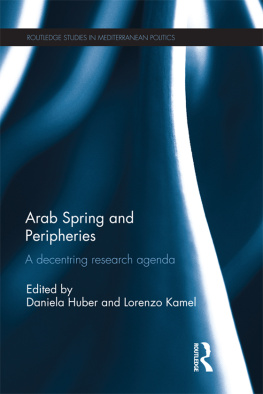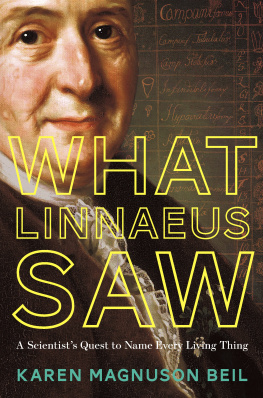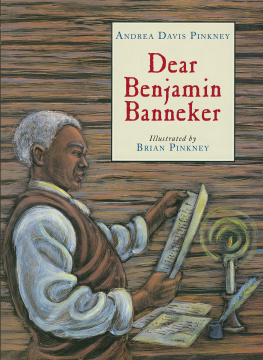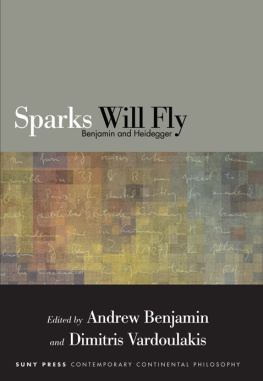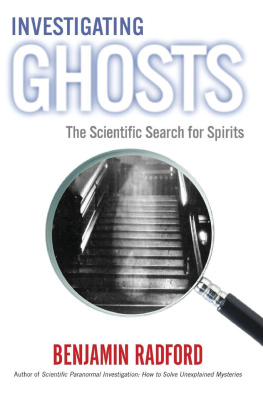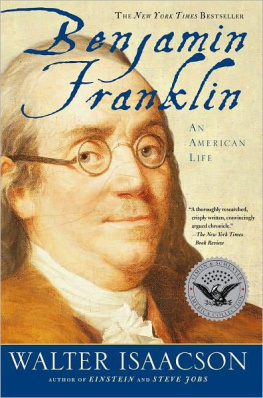
Editorial
The series is edited by Gundolf S. Freyermuth and Lisa Gotto.
Benjamin Beil (Prof. Dr.) is a professor of media studies and digital culture at the Department of Media Culture and Theatre of the University of Cologne, Germany. His research interests include game studies, inter- and transmediality, television series, and participatory cultures.
Gundolf S. Freyermuth (Prof. Dr.) is a professor of media and game studies and a founding director of the Cologne Game Lab at TH Kln University of Applied Sciences in Cologne. He also teaches comparative media studies at the ifs international film school Cologne. His research interests include digital games, audiovisuality, transmediality, and network culture.
Hanns Christian Schmidt (Prof. Dr.) is a professor of Game Design at Macromedia University (Cologne) and research assistant at the Department of Media Culture and Theatre of the University of Cologne, Germany. His research interests include game studies, game design, inter- and transmediality, film- and television studies.
Benjamin Beil, Gundolf S. Freyermuth, Hanns Christian Schmidt (eds.)
Paratextualizing Games
Investigations on the Paraphernalia and Peripheries of Play
This publication was made available via Open Access within the framework of the funding project 16TOA002 with funds from the German Federal Ministry of Education and Research.
Bibliographic information published by the Deutsche Nationalbibliothek
The Deutsche Nationalbibliothek lists this publication in the Deutsche Nationalbibliografie; detailed bibliographic data are available in the Internet at http:// dnb.d-nb.de
This work is licensed under the Creative Commons Attribution-ShareAlike 4.0 (BY-SA) which means that the text may be remixed, build upon and be distributed, provided credit is given to the author and that copies or adaptations of the work are released under the same or similar license. For details go to http://creativecommons.org/licenses/by-sa/4.0/
Creative Commons license terms for re-use do not apply to any content (such as graphs, figures, photos, excerpts, etc.) not original to the Open Access publication and further permission may be required from the rights holder. The obligation to research and clear permission lies solely with the party re-using the material.
First published in 2021 by transcript Verlag, Bielefeld
Benjamin Beil, Gundolf S. Freyermuth, Hanns Christian Schmidt (eds.)
Cover design: Kordula Rckenhaus, Bielefeld
Cover illustration: From Tiny Bookshop by Raven Rusch and David Wildemann
Printed by Majuskel Medienproduktion GmbH, Wetzlar
Print-ISBN 978-3-8376-5421-9
PDF-ISBN 978-3-8394-5421-3
EPUB-ISBN 978-3-7328-5421-9
https://doi.org/10.14361/9783839454213
ISSN of series: 2702-8240
eISSN of series: 2702-8259
Printed on permanent acid-free text paper.
Table of Contents
Here Comes a New Challenger
Will Video Game Essays be the New Champion of Game Criticism?
Preface and Acknowledgements
B ENJAMIN B EIL, G UNDOLF S . F REYERMUTH,
H ANNS C HRISTIAN S CHMIDT
The fact that new communication media have always produced new possibilities for cultural evaluation, analysis, and participation is particularly true of digital games. In recent years, video games have found a wide variety of new thresholds that lead to novel paths for us to approach them. Gaming no longer only takes place as a closed interactive experience in front of TV screens or PC monitors at home (or at work), but also as broadcast on video-sharing and streaming platforms or as cultural events in exhibition centers and e-sport arenas. The development and popularization of new technologies, forms of expression, and online servicesfrom Lets Play videos to live streams, from video essays to podcastshas a considerable influence on the academic and journalistic as well as on the popular discourse about games.
In 2015, Ian Bogost asked: How to talk about video games? To further investigate and to expand upon this question was the idea of our Game Studies Summit that took place at the Cologne Game Lab of TH Kln in November 2019 as part of the tenth Clash of RealitiesInternational Conference on the Art, Technology, and Theory of Digital Games . At that time, we did not just want to ask which paratexts gaming cultures have produced, i.e., in which forms and formats and through which channels we talk (and write) about games. We have also dealt with questions like: How do paratexts influence the development of games? How is knowledge about games generated today, and how do boundaries between (popular) criticism, journalism, and scholarship have started to blur? How do new forms of communicating about games affect the medium of the game itself? In short: How does the paratext change the text?
This anthology attempts to provide some answers to this question. It documents the lectures given at this summit and adds further perspectives and contributions, collecting various analyses of new forms of paratexts, their relationship to games and gaming culture as well as more theoretical work on the concept itself.
In the introductory essay Paratext | Paraplay. Contextualizing the Concept of Paratextuality, Gundolf S. Freyermuth outlines the cultural and media technological conditions of the concept of paratextuality in three chapters. He explores the emergence of modern text culture, the development of modern audiovisuality, and the rise of digitalization, resulting not only in a multitude of new paratextual forms but also new ways of dealing with games that transcend regular playingparaplay.
A CKNOWLEDGMENTS
This anthology would not have been possible without the hard work of many people and the support of several sponsors. The Clash of Realities conference was planned by a Program Board chaired by Bjrn Bartholdy and Gundolf S. Freyermuth of the Cologne Game Lab (CGL). Cooperating institutions were the Institute for Media Research and Media Pedagogy of TH Kln, the ifsinternationale filmschule kln, and the Institute for Media Culture and Theater of the University of Cologne. The conference was financed through the generous support of TH Kln, Film und Medien Stiftung NRW, the State Chancellery of North Rhine-Westphalia, the City of Cologne, and Electronic Arts Germany . Our sincerest thanks go to these institutions and companies.
Both, the Game Studies Summit Paratextualzing Games and this volume, were planned and organized by Benjamin Beil, Gundolf S. Freyermuth, and Hanns Christian Schmidt. The summit owes much of its success to the extraordinary staff of the Clash of Realities conference, in particular, Judith Abend, Rdiger Brandis, Sebastian Felzmann, Alexandra Hhner, Tobias Lemme, Judith Ruzicka, Su-Jin Song, and the many members of CGL student support groups as well as Mathias Mehr (CGL) who provided technical assistance. The present volume was tirelessly layouted by Raven Rusch. We thank them all for their extraordinary help!
We owe the deepest debt and gratitude, however, to the speakers and presenters who came to Cologne from all over the world, as well as to the authors who wrote additional contributions. Last but not least, we would like to thank the TH Kln for supporting this publication.



